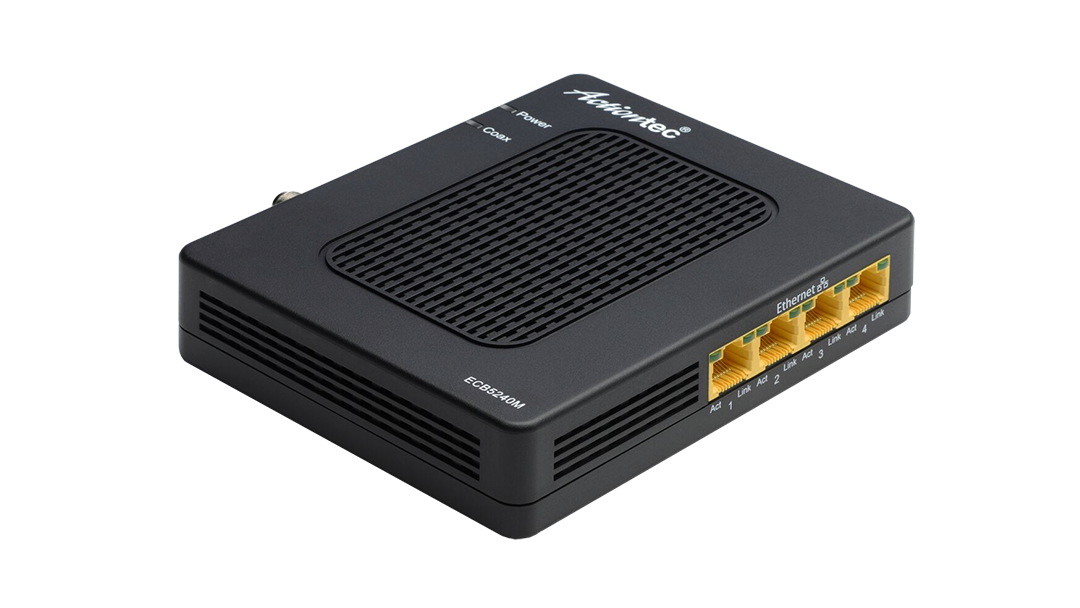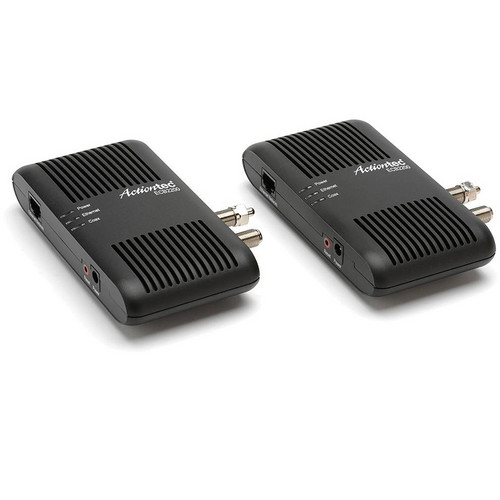

Within a 100 mile radius of me Spectrum has 3-4 different hardware systems for cable. Spectrum really has nothing to do with it. Do not want to use a powerline network adapter as they didn’t work for crap in a buddy’s house. I’ve read in a couple different places that it’s possible with a filter at the POE but I don’t understand what any of this means? I’d like to utilize the coax already in the wall via MoCA adaptors but I’m reading spectrum disables that ability in the modem. Moving the modem/router is also not an option as it’s currently in a specific place upstairs so that other things can be hardwired as well.
Moca ethernet adapter tv#
I would prefer my AV reciever and Apple TV be hard wired to the internet instead of WiFi as the router and modem are rather far away. However, I do have a coax line there for my cable box. Turns out I forgot to run an Ethernet cable to my media cabinet and I’m kind of at the point of no return on that oversight. So, it can coexist with those services on the same wires.Recently built a home theater in part of my unfinished basement. HomePNA 3.1, also called G.9954, uses frequencies above those used for digital subscriber line and analog voice calls over phone wires and below those used for broadcast and direct broadcast satellite TV over coax.
Moca ethernet adapter mac#
It defines an APC (Application Protocol Convergence) layer for encapsulation standard 802.3 Ethernet frames into G.hn MAC Service Data Units (MSDUs). The ITU-T G.hn standard provides high-speed, up to 1 Gigabit/s, local area networking over existing home wires, including coaxial cable, power lines, and home lines. HomePlug AV takes advantage of BPSK, QPSK, 1024 QAM, 256 QAM, 64 QAM, and 16 QAM modulation strategies between 2 MHz and 30 MHz while the more recent HomePlug AV2 standard extends the upper bound of its spectral use to 86 MHz. HomePlug AV and its later extension HomePlug AV2 both operate in a portion of the RF spectrum directly below what is commonly used for terrestrial FM radio broadcasting. Most EoC technologies are being developed for in-home or on-premises networking and are expected to be operated within the domain of a single operator. Telecommunications operators work hard to take advantage of existing 75-ohm coaxial cable installations (from cable television of CATV) to carry broadband data into and via the home and into multiple dwelling unit (MDU) installations.

However, the research in Ethernet over Coax continued. And, the use of coaxial cable for Ethernet has been deprecated by 2011. In the 1990s, thinner and cheaper twisted pair cabling came to dominate the market and replaced 10BASE5 ThickNet and 10BASE5 ThinNet. The first Ethernet standard (called 10BASE5 ThickNet in the family of IEEE 802.3) specified baseband operation over 50-ohm coaxial cable that remained the principal medium into the 1980s when 10BASE5 (ThinNet) coax replaced it in deployments. EoC devices can improve your network speeds by up to 30% over the standard Mesh WiFi. If your home has been wired for Cable TV service, you already have coax in the wall.Įthernet over Coax uses existing coaxial TV wiring to extend Ethernet or Wi-Fi to more corners of the home. It is an alternative to the wireless network. Ethernet over Coax (EoC), also known as Multimedia over Coax (MoCA), is a family of technologies that supports the transmission of Ethernet frames through coaxial cable.


 0 kommentar(er)
0 kommentar(er)
